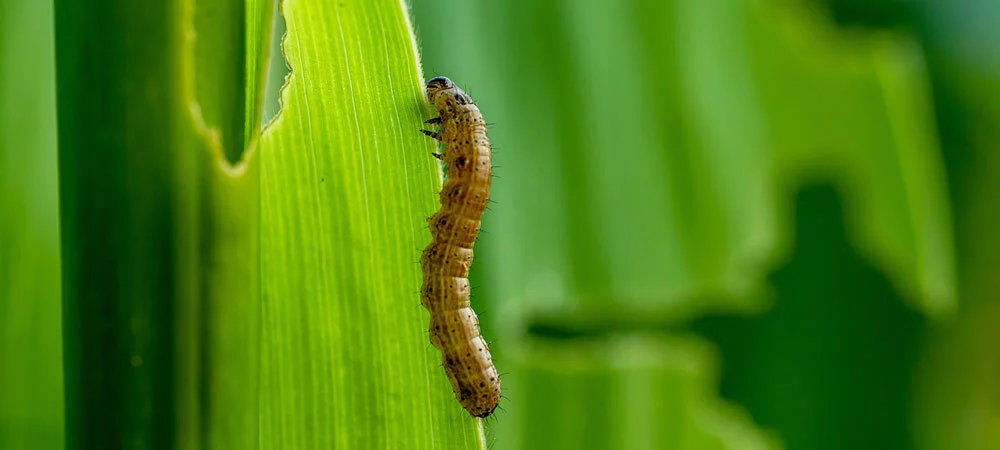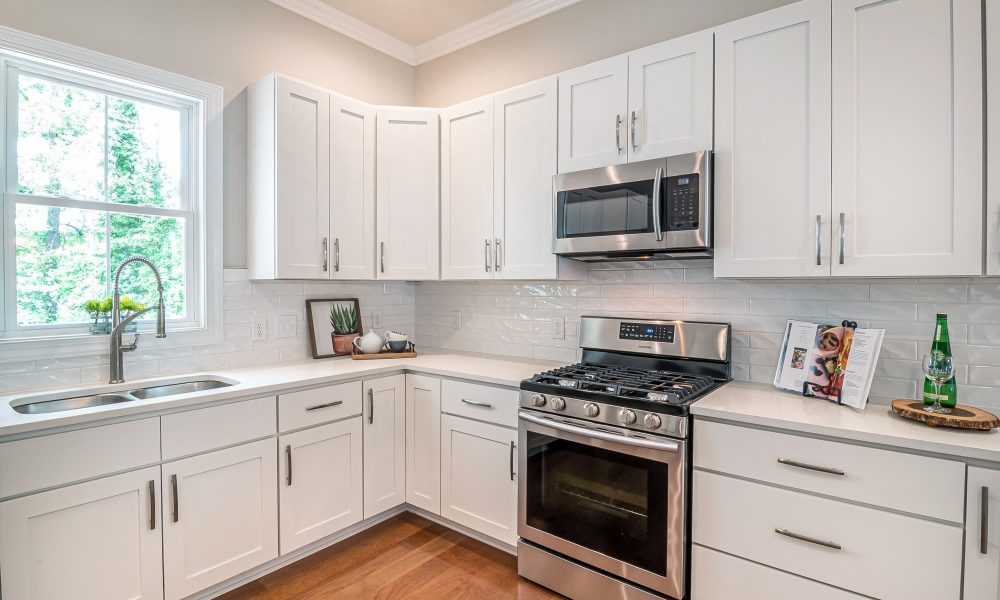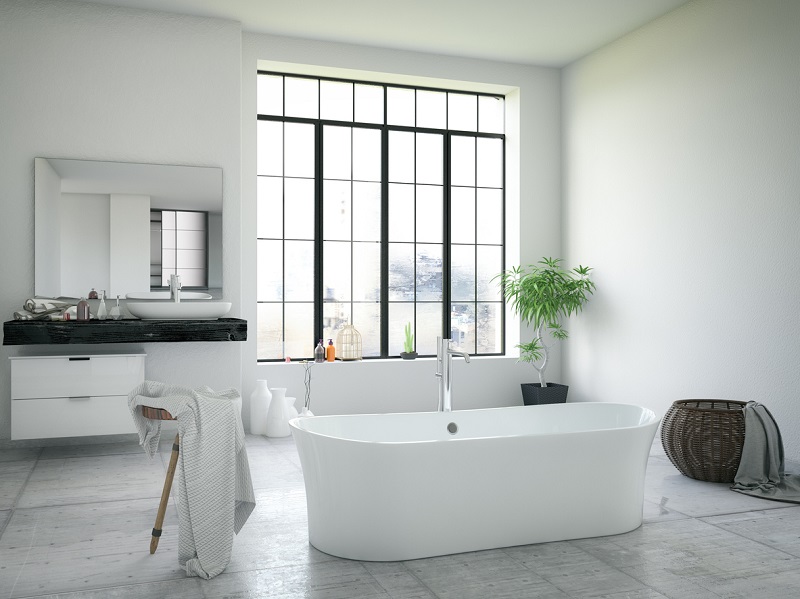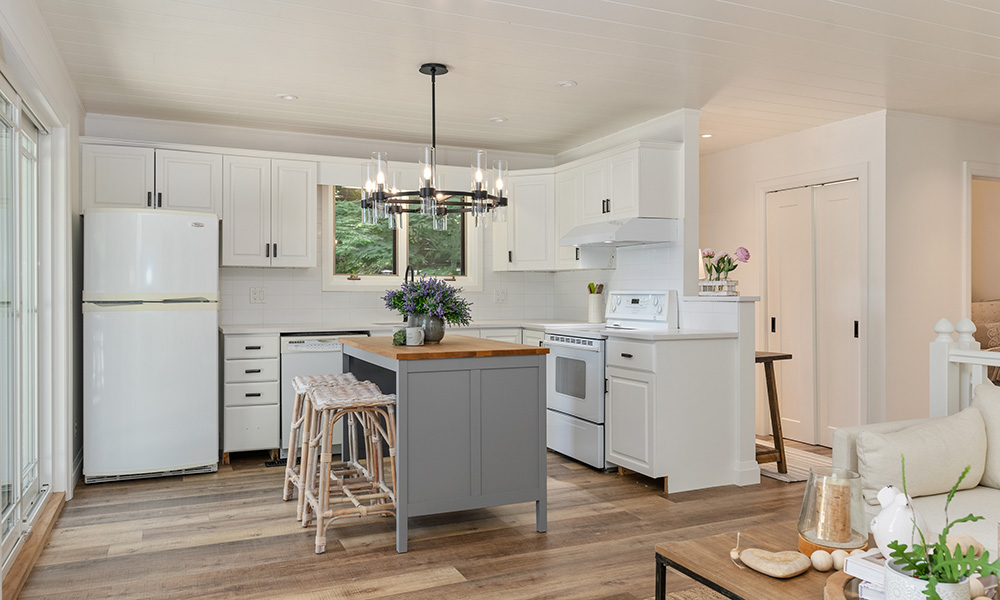The Different Types of Termites and Their Destructive Potential

Termites are sneaky creatures and can cause a lot of structural damage to properties. The worst part about their infestation is that you cannot tell if they are residing on your property until they are done, causing a lot of damage already. Arlington is no exception when it comes to termite infestation.
Thus, it is essential that you look for the signs of their infestation; this can help detect the infestation early on. You might see mud being collected at different points in your lawn, which might have been made by their colonies. Remember that they move in large numbers.
If you find it difficult to close your door, it may be because termites are residing there. You may also notice wings that show the arrival of these little insects at your humble abode. There are different types of termites, and they all exhibit various kinds of behavior as well.
It would help if you made yourself aware of their behavioral patterns in order to predict their move. An Exterminator in Arlington can help as the professionals have all the knowledge about different pests and can eliminate them from your property.
What are the different types of termites?
There are many different types when it comes to termites; let us discuss their behavioral characteristics and more below:
-
Formosan termites:
These types of termites are known for their aggressive behavior. They are initially from China, and almost two thousand of them are known to exist. There are many underground colonies of these termites. They also make mud nests inside different structures, and they can be at your property as well.
Since they have that aggressiveness, once they make it to your property, it can be challenging to get rid of them. Georgia, Texas, Virginia, South Carolina, etc are some of the many places where these types of termites are found.
-
Drywood termites:
They usually infest dry wood, hence the name. They also do not have to come in contact with soil, as seen with Formosan termites. They make their nests in wooden structures and sometimes in roof materials as well. If you have dead wood around the house, these termites can get attracted to them and infest them.
They don’t really need a lot of moisture to survive, as seen with other species, which also makes their survival easier. If there is a water source outside your place or somewhere around, that can also be a source of attraction for these insects.
A water heater can be one example. Another one can be leaky pipes around the house; this can also become a source for them to enter your home.
-
Conehead termites:
These species can be invasive and were first found in the United States during the year 2001. They were initially called “tree termites”. They were given a new name so as not to let the misconception get in the way that these species are only seen on the trees because that is not the case.
It was believed that these species were no longer found in the United States, but they have emerged again in recent years. With most of the termites, you will see that they travel through underground tunnels.
However, that is not the case with conehead termites. They instead use the land to travel, just like ants. This makes it easier for these species to spread quickly.
-
Subterranean termites:
These termites are present in every state in the United States, with the only exception being Alaska. They prefer moist areas to live in and reside in and usually go for secluded areas. There are also mud tubes that they build to get access to different food items. These mud tubes also protect them.
Contact a professional to exterminate them!
It is essential that you contact someone with thorough knowledge of how to handle infestation, as doing it on one’s own can be really difficult. There are many pest control services that you can contact through the websites. Schedule your appointment today.




